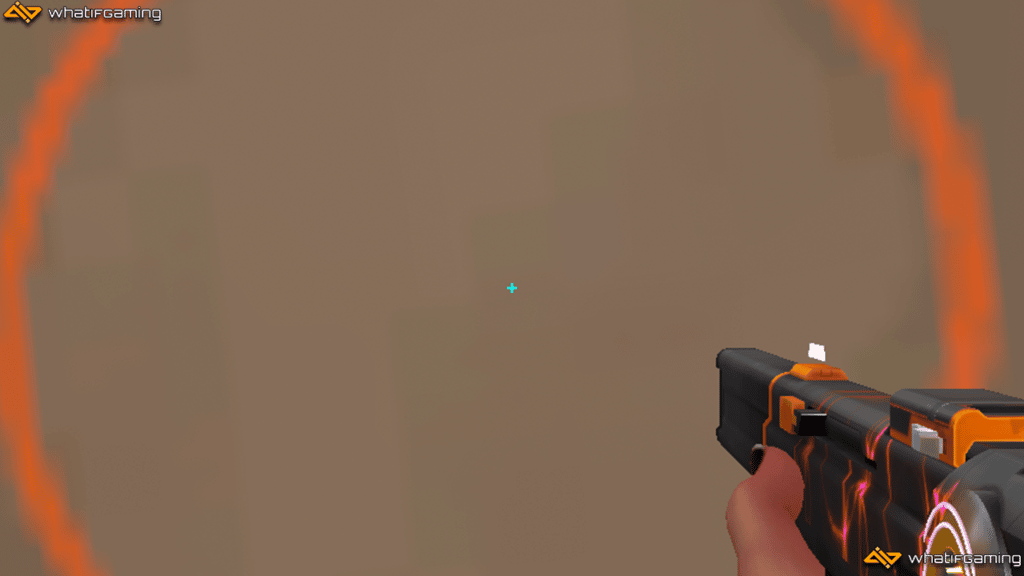Valorant, Riot Games’ tactical first-person shooter, has taken the gaming community by storm with its intense gameplay and competitive nature. In a game where split-second decisions can make or break a round, having the right crosshair settings can significantly impact your performance. In this article, we will delve into the best crosshair settings for Valorant, helping you fine-tune your aim and enhance your overall gameplay.
Understanding the Basics of Crosshair Settings
Before diving into the specifics, it’s important to understand the basics of crosshair settings in Valorant. The crosshair is the visual marker that represents the center of your screen and indicates where your shots will land. It consists of several elements such as the dot, lines, and outer edges. Valorant offers a wide range of customization options, allowing players to adjust the color, size, style, and opacity of their crosshair. Finding the right combination is crucial for achieving precision and accuracy.
Finding the Perfect Color and Style
The color and style of your crosshair may seem like a purely aesthetic choice, but it can have a significant impact on your performance. One of the most important factors to consider is contrast. Choose a color that stands out against different backgrounds to ensure maximum visibility. For instance, if you often find yourself playing on maps with bright backgrounds, opting for a darker crosshair color, such as black or dark green, can make it easier to track your aim. Additionally, experiment with different styles, such as a dot, small crosshair, or dynamic crosshair, to find the one that suits your preferences and improves your aim.
Adjusting the Size and Thickness
The size and thickness of your crosshair can affect your aim and target acquisition. Generally, a smaller crosshair is preferable as it provides more visibility around your target, allowing for precise shots. However, it’s important to find a balance between size and visibility. If the crosshair is too small, it might become difficult to spot during intense firefights. Similarly, the thickness of the crosshair lines should be adjusted to your liking. Thicker lines can provide a clearer reference point, while thinner lines offer a more minimalistic approach. Experiment with different sizes and thicknesses until you find the optimal setting that helps you maintain accuracy without sacrificing visibility.
Dynamic Crosshair
A Valuable Tool Valorant offers a unique feature known as the dynamic crosshair, which expands or contracts based on your movement, weapon accuracy, and firing rate. This feature can be incredibly useful for players who frequently engage in fast-paced gameplay. When you’re on the move or spraying bullets, the dynamic crosshair expands, giving you a better idea of the spread and recoil pattern. On the other hand, when you’re stationary or firing single shots, the crosshair contracts, enabling you to make precise shots. Experiment with the dynamic crosshair and observe how it adapts to different scenarios to determine if it enhances your overall accuracy and control.
Opacity and Outlines
Enhancing Visibility Opacity and outlines are often overlooked aspects of crosshair customization, but they can greatly impact visibility and target acquisition. Adjusting the opacity allows you to fine-tune the visibility of your crosshair, making it more or less prominent on your screen. Some players prefer a fully opaque crosshair, while others find a slightly transparent crosshair to be less distracting. Outlines, on the other hand, can help the crosshair stand out against different backgrounds. Adding a thin outline around the crosshair can make it easier to track and focus on your target. Experiment with different opacity levels and outlines to find the setting that provides the best balance of visibility and comfort for your gameplay style.
In conclusion, finding the best crosshair settings in Valorant is a personal journey that requires experimentation and adaptation to individual playstyles. Remember to consider factors such as color, size, style, dynamic features, opacity, and outlines. Continuously fine-tuning your crosshair settings based on your performance and preferences will ultimately lead to improved precision and accuracy on the battlefield. So, get out there, test different settings, and dominate your opponents with the pinpoint aim in Valorant!



